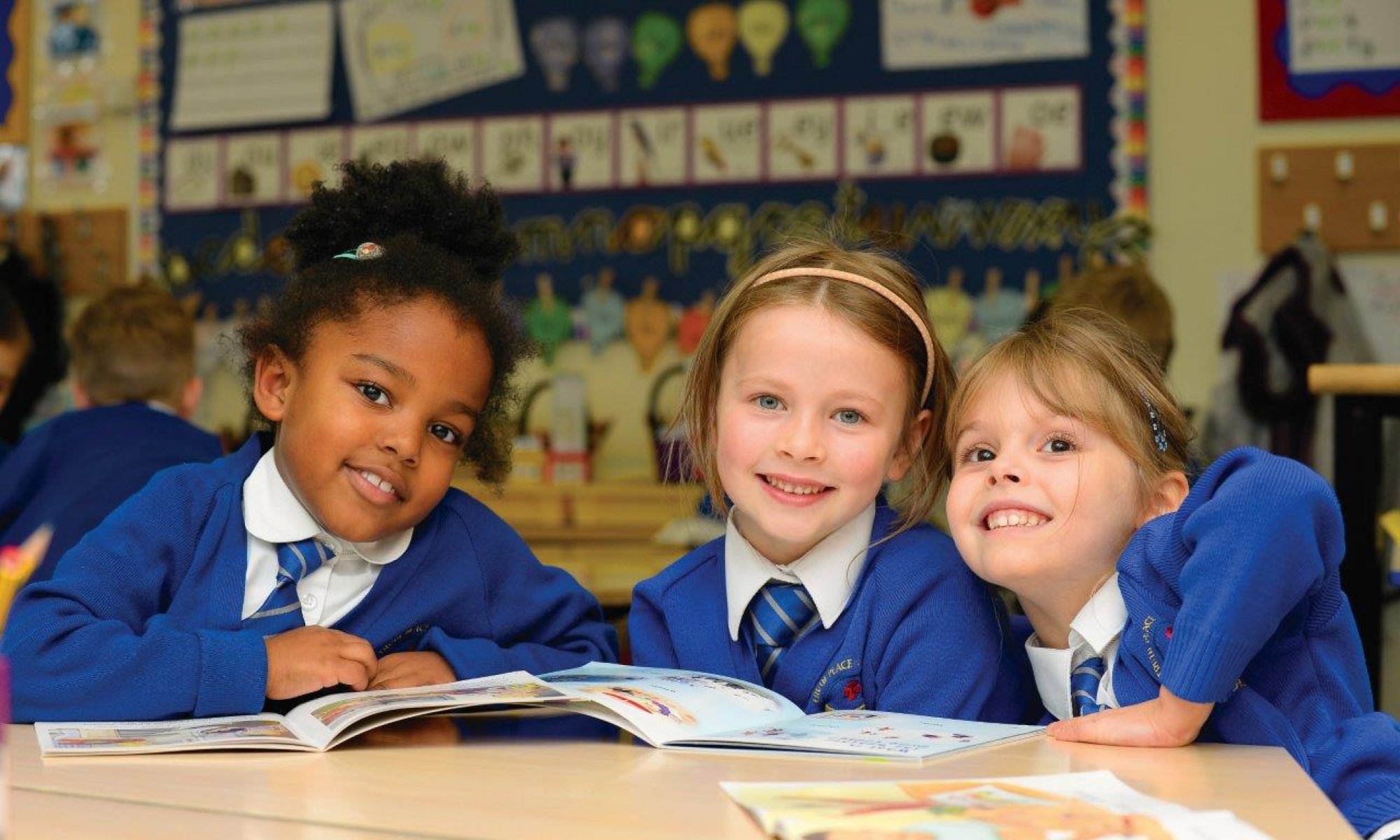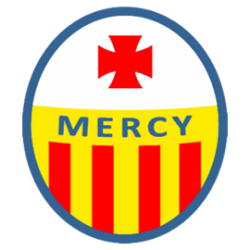Good morning parents and children,
Welcome back to another week of home learning. This week we are going to start learning the story of The Gingerbread Man, the winner of our vote last week.
May I also take this opportunity to remind parents of the resources recommended on the school website. Look on the drop down menu under Curriculum/EYFS Support.
Below is an outline of activities I will provide for this week. If you’d like to prepare for the cooking activity on Friday, you will need:
A Gingerbread Man cookie cutter
350g plain flour
175g light soft brown sugar
100g butter
1 egg
4 tbsp golden syrup
1 tsp bicarbonate of soda
Ground ginger
Icing sugar and sweets for the decoration

Communication and Language
Understanding which day comes next
A reminder of last Tuesday’s post, make a chart together. This time include the days of the week across the top. Monday – Friday in a different colour from Saturday – Sunday. The idea is to help your child learn the days of the week eg. what day comes after, before etc. This can be partially filled in advance or after each event. Keep reinforcing your child’s understanding of the day ‘before’/’after’ a given day.
This chart will also really help your child in terms of routine and self-esteem during these unpredictable times.
Literacy/Letters and Sounds

This week, I have planned some activities to help your child learn to retell a story. We call it talk for writing. The idea is to develop children’s ability to imitate the language they need for a story orally, before writing their own versions. In particular, children begin to learn key words and phrases such as ‘once upon a time’ ‘first’ ‘next’ ‘finally’ ‘suddenly’, ‘however’. Children learn to use these words in speech so that they have the words in their heads when thinking about what to write.
Ask your child to watch my video retelling the story of The Gingerbread Man. The story can be found on the Memo section of Tapestry. Encourage your child to listen to the story first and try to join in with the actions– hope they enjoy it! In class, we would tell the story orally with actions each day. In time, children begin to remember the actions and join in.
Today’s new sound – ‘th’ (digraph two letters but one sound)
There are two ways to say ‘th’, voiced (as in ‘this’) and unvoiced (as in ‘thin’).
Here is fun Geraldine the Giraffe video to introduce the sound. Watch the next video for words your child should be able to read and write.
This video supports blending and reading words that include the ‘th’ sound.
Below is the action for ‘th’ – pretend to be a naughty clown and stick out tongue. Can your child find ‘th’ on their sound mat? This is quite a tricky sound for children – ask your child to look in a mirror to see their tongue sticking out a little when making the sound.

Show your child how to write ‘th’ using the correct letter formation.

Letter formation for ‘t’ and ‘h’ can be found in your child’s letters and sounds book.
Encourage your child to ‘have a go’ at writing the ‘th’ sound.
If your child is ready for a challenge, ask your child to write the following words:

For extra challenge, maybe your child could write a sentence and draw a picture to accompany the sentence.

Maths
Here is step 5 of our measuring sequence.
Ordering a small set of objects by a given attribute.

Story sticks

A story stick is such a great activity to do with children during an outdoor trip. It keeps them busy, helps them learn about nature, and provides a memento to take home. You also need very little in the way of preparation; just some string or sticky tape.
A story stick features items collected whilst on a walk. These might be things like leaves, twigs, flowers, feathers or anything else natural that you find along the way. All you need to do is choose a stick and attach items from your journey to it using string or wool. Younger siblings could use a piece of cardboard instead of a stick; this is easier.
Questions you could ask:
- Do you want your story stick to have a theme? For example, a colour, all flowers, all leaves.
- How long does your stick need to be? Think about how long your walk is!
- What senses does each item stimulate?
- What is the story that your story stick is telling? This could be either a retelling of the journey or let your child’s imagination run wild!
Wishing you a great day.
Nicola Palmer

